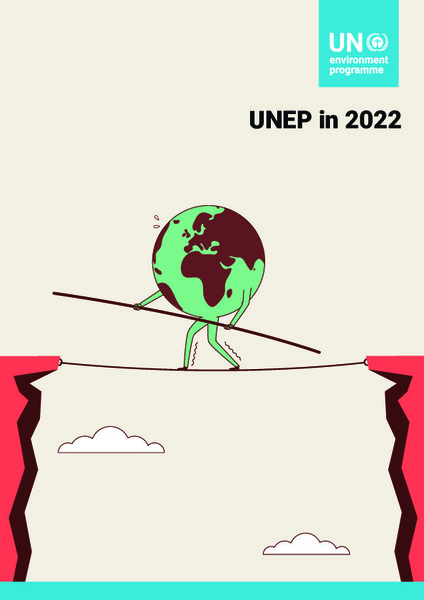| dc.description | In many ways, 2022 was the year of renewed vigour on environmental action. Member States adopted landmark resolutions to ramp up efforts to curb pollution, mitigate and adapt to climate change, and protect and restore nature worldwide. The 2022 UN Climate Change Conference delivered a historic moment with the creation of a loss and damage fund. Global negotiations to end plastic pollution got off the ground in Uruguay. The UN General Assembly recognized the universal right to a clean, healthy and sustainable environment. And, as the year ended, the UN Biodiversity Conference in Montreal saw the adoption of an ambitious framework to protect and revive biodiversity by 2030. This year also marked the 50th anniversary of the UN Environment Programme (UNEP) and the Stockholm+50 conference.
Yet it was also a year of extreme hardship. The devastating impacts of the triple planetary crisis of climate change, nature and biodiversity loss, and pollution and waste were compounded by widening inequality, the war in Ukraine and rising food and energy prices. As always, the poor and vulnerable were hit hardest by the droughts, floods, wildfires, dwindling biodiversity and surging pollution levels.
It is little wonder, then, that demands for action rather than promises are growing louder. UNEP enhanced efforts to respond to these crises and started delivering on its 2022-2025 strategy. Drawing upon the strength of its partnerships, UNEP worked with Member States to make good on promises to mitigate and adapt to climate change, protect and restore ecosystems and reduce the burden of pollution. In all these, UNEP continues to support countries in implementing UN Environment Assembly resolution 4/17 by embedding gender equality and human rights in environmental policies, strategies, programmes and projects, even as it works towards restructuring its gender architecture to better meet this mandate. | en_US |








